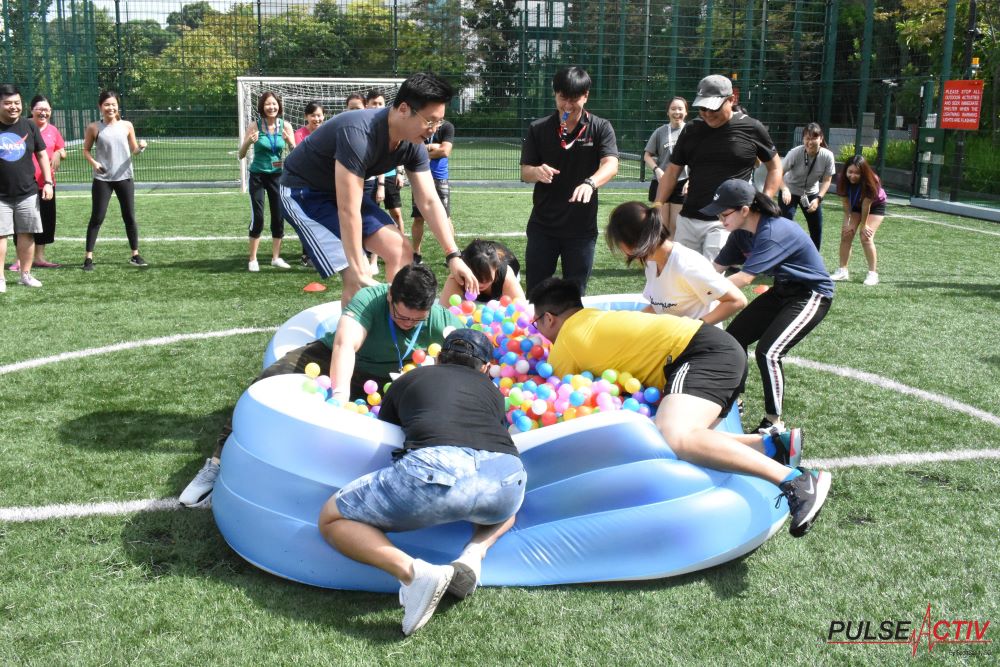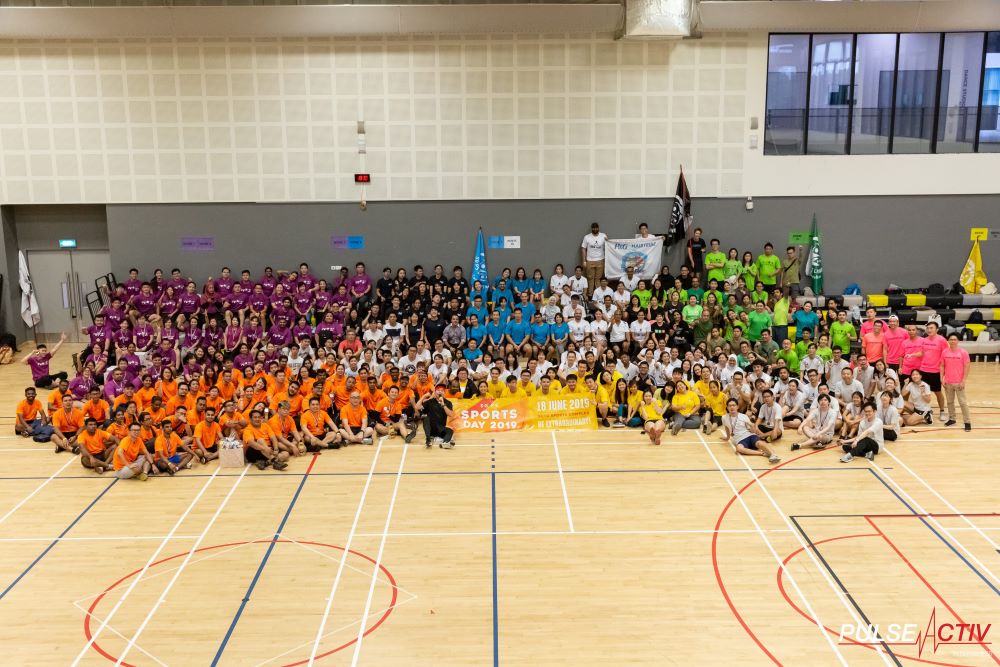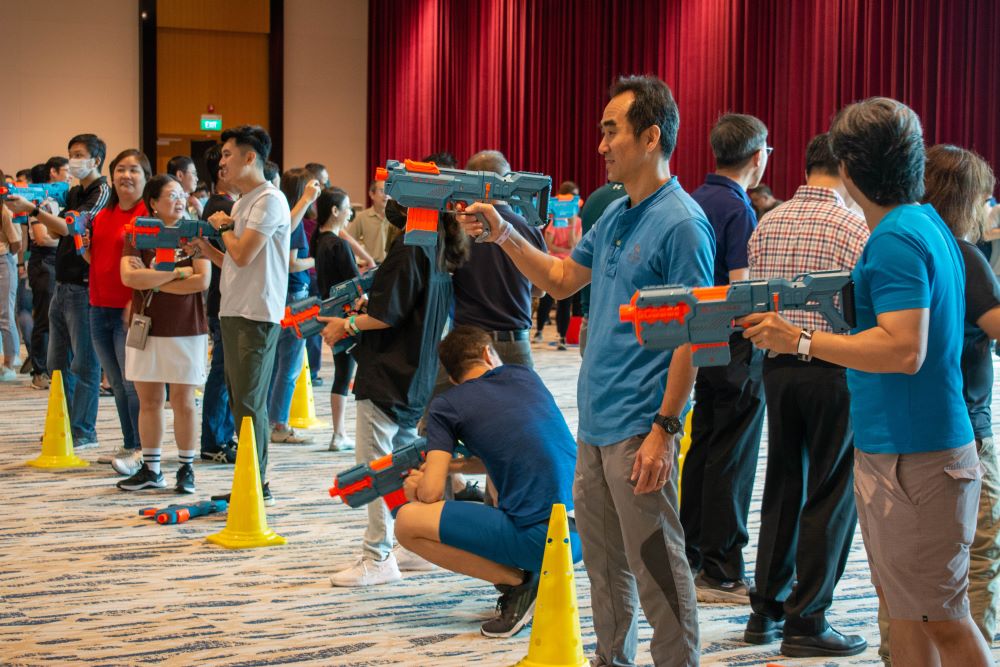What issues The Corporate World is facing right now
The corporate world is constantly evolving, with new challenges emerging as the global landscape shifts. In 2024, businesses face a unique set of issues driven by technological advancements, economic fluctuations, and changing societal expectations. Understanding these challenges is crucial for companies aiming to thrive in this dynamic environment. Here, we explore the most pressing issues confronting the corporate world today.
1. Digital Transformation and Cybersecurity
Digital transformation continues to be a double-edged sword for businesses. While technological advancements drive efficiency and innovation, they also expose companies to increased cybersecurity threats. In 2024, cyber-attacks have become more sophisticated, targeting not only large corporations but also small and medium-sized enterprises (SMEs). Protecting sensitive data and maintaining robust cybersecurity measures are paramount. Companies must invest in advanced security systems, employee training, and regular audits to safeguard against breaches.
2. Remote and Hybrid Work Models
The COVID-19 pandemic fundamentally changed the way we work, and in 2024, remote and hybrid work models have become the norm. While offering flexibility and cost savings, these models also present challenges in terms of employee engagement, productivity, and collaboration. Businesses must find ways to maintain a cohesive company culture, ensure effective communication, and support employees’ mental health and well-being in a dispersed work environment.
3. Economic Uncertainty
Global economic instability, driven by factors such as geopolitical tensions, trade wars, and fluctuating commodity prices, poses significant challenges for businesses. Companies must navigate supply chain disruptions, inflation, and shifting consumer demands. Strategic planning, diversification, and agile management practices are essential to mitigate risks and capitalize on emerging opportunities.
4. Talent Acquisition and Retention
The war for talent continues to intensify in 2024. With a competitive job market, attracting and retaining top talent is a critical concern for businesses. Companies must offer competitive compensation packages, career development opportunities, and a positive work environment. Emphasizing diversity, equity, and inclusion (DEI) initiatives is also crucial for fostering a supportive and innovative workplace.
5. Sustainability and Corporate Social Responsibility (CSR)
Environmental sustainability and corporate social responsibility have moved from being optional to essential components of business strategy. Consumers, investors, and regulators increasingly demand that companies address climate change, reduce carbon footprints, and adopt sustainable practices. In 2024, businesses must integrate sustainability into their core operations, set ambitious environmental goals, and transparently report progress to stakeholders.
6. Technological Disruption
Rapid technological advancements, including artificial intelligence (AI), machine learning, and automation, are reshaping industries. While these technologies offer significant benefits, they also disrupt traditional business models and require substantial investments in infrastructure and training. Companies must stay ahead of technological trends, embrace innovation, and adapt to changing market dynamics.
7. Regulatory Compliance
The regulatory landscape is becoming increasingly complex, with new laws and regulations emerging at national and international levels. Businesses must navigate a myriad of compliance requirements related to data privacy, labor laws, environmental standards, and more. Staying compliant requires continuous monitoring, legal expertise, and proactive adjustments to business practices.
8. Globalization and Trade
Globalization presents both opportunities and challenges for businesses. While it opens up new markets and fosters international collaboration, it also exposes companies to geopolitical risks and trade barriers. In 2024, businesses must develop strategies to manage cross-border operations, navigate trade policies, and mitigate the impact of international conflicts on their supply chains.
9. Innovation and R&D
Staying competitive in today’s fast-paced market requires continuous innovation and investment in research and development (R&D). Businesses must allocate resources to develop new products, improve existing ones, and explore emerging technologies. Fostering a culture of innovation and encouraging creative problem-solving are key to maintaining a competitive edge.
10. Customer Experience
In an era of heightened consumer expectations, delivering exceptional customer experience is more important than ever. Businesses must leverage data analytics to understand customer preferences, personalize interactions, and provide seamless service across all touchpoints. Building strong customer relationships and fostering loyalty are essential for long-term success.
11. Team Building and Employee Engagement
Effective team building and employee engagement are critical to overcoming many of the challenges mentioned above. Companies must foster a sense of belonging and purpose among their employees. Innovative team-building activities, such as those inspired by “The Amazing Race,” can enhance collaboration, boost morale, and improve overall productivity. Investing in team building not only strengthens interpersonal relationships but also drives business success.
Conclusion
The corporate world in 2024 is marked by a complex array of challenges that require strategic foresight, adaptability, and resilience. By addressing issues such as cybersecurity, remote work, economic uncertainty, talent management, sustainability, and technological disruption, businesses can navigate this intricate landscape and emerge stronger. Emphasizing team building and employee engagement further enhances a company’s ability to thrive in an ever-changing environment. As we move forward, companies that embrace these challenges as opportunities for growth and innovation will be best positioned for success in the years to come.
To head back to read another article in our blog, click here.










